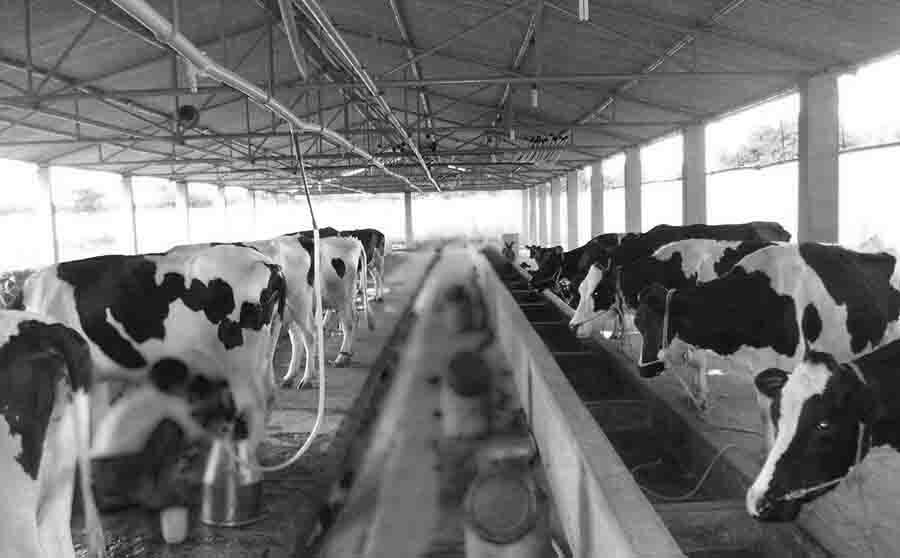Health Benefits of Organic Milk Vs Regular Milk. Feeding procedure
Some regulations followed to define Organic or Regular milk.
Organic Cows Feed
- Feed must have 30% dry matter intake
- It must be raised on the 100% certified organic feed
- The feed includes Barley, Corn etc
- Grazing on the certified organic pasture grown without herbicides, pesticides or synthetic fertilizers.
- Not to include animal byproducts and GMO foods
- Organic Cows cannot be given any antibiotics
What do Conventional Cows Eat?
fermented corn or barley mixed with other grains such as soya beans. Grains used in the feed may be GMO and engineered. It might include pesticides and animal byproducts. Growth hormone or RB/GH growth hormone may be used to increase milk production. Growth hormone usage increase 10% more milk production. Cows treated with RB/GH may have high igf-1 which increases the risk of cancer in humans.
What extra is available in Organic Milk?
- Higher Level of Omega-3 fatty Acids
- Higher Level of CLA (Conjugated Linoleic Acids)
- More Antioxidants
- More Vitamins
Health Benefits of Organic Milk
- Strengthens immune system
- Reduces muscles and joint pains
- Prevents cancer and heart diseases
- Boost metabolism
- Reduces Infection in skin diseases like Eczema
- May Reduce Lou Gehrig’s disease
- Consumption of organic milk balance Omega-3 and Omega-6 in humans.
- Reduces abdominal fat and Cholesterol
- Reduces allergic reactions
Organic milk will have 71% more Omega-3 fatty acids than conventional milk. It is known that cows grazing on the organic fields produce 500% more CLA than the regular milk.
For milk Subscription, please call @ 85000 85151
Difference between A1 Milk and A2 milk?
A2 Milk is produced by Desi Cows. A1 Milk is produced by Jersey Cows

Desi Cow Milk boost immune system whereas Jersey cow does not have. Consumption of A1 Milk might cause autism in children. A1 milk also reduces immunity. Many Dairy farms use A1 milk and the majority of the milk packets are of A1 milk ie from Jersey cow.


